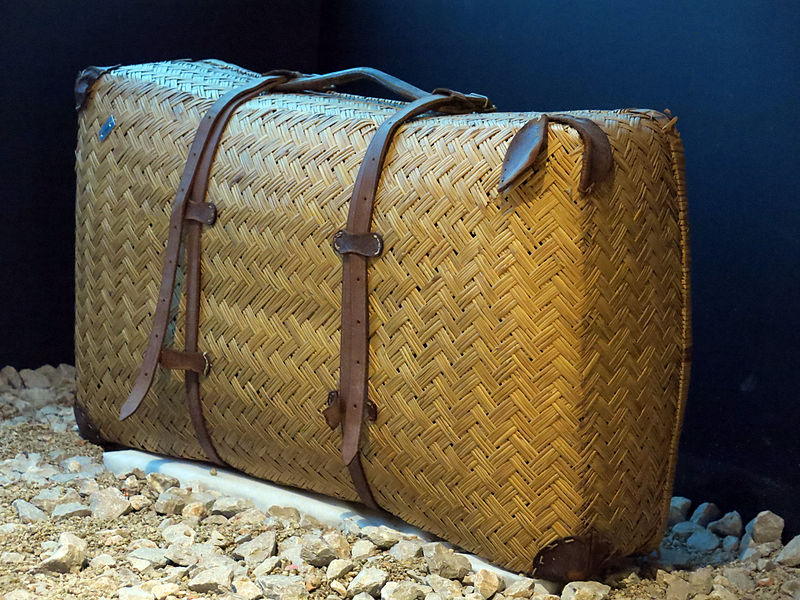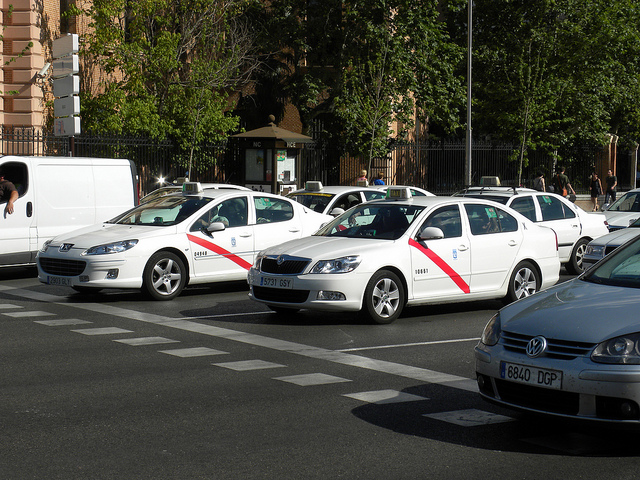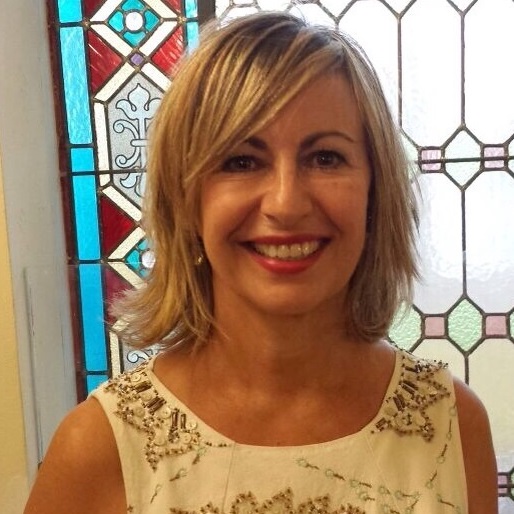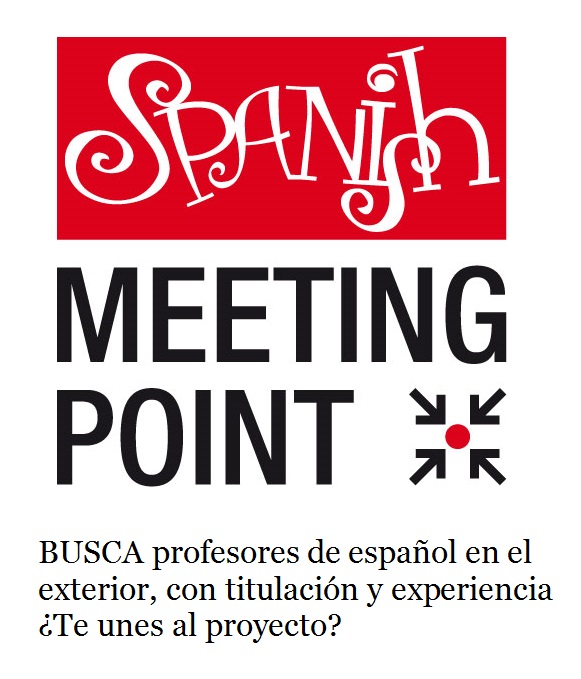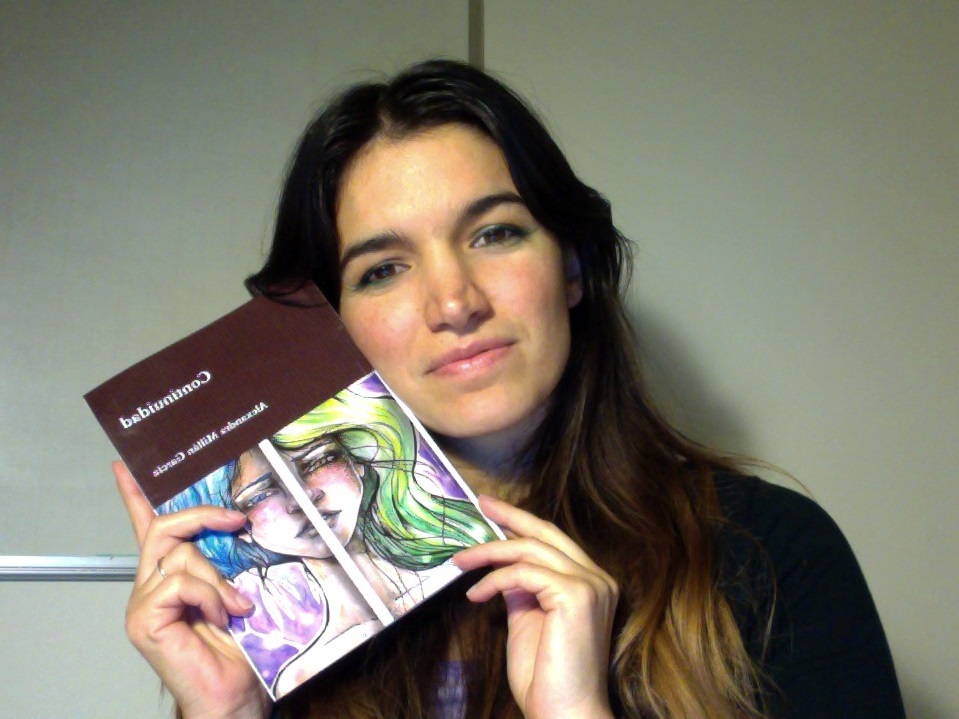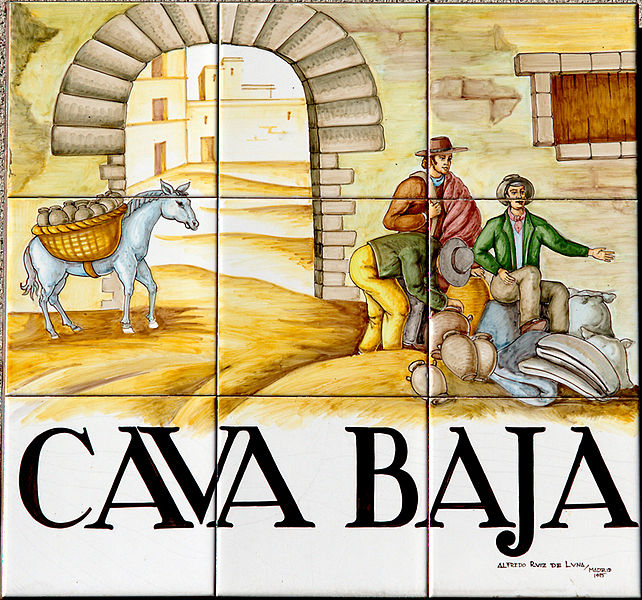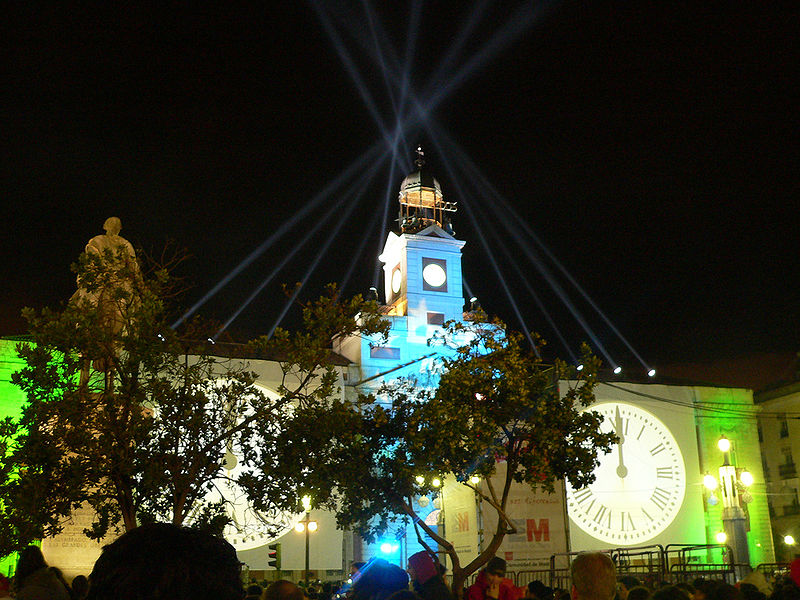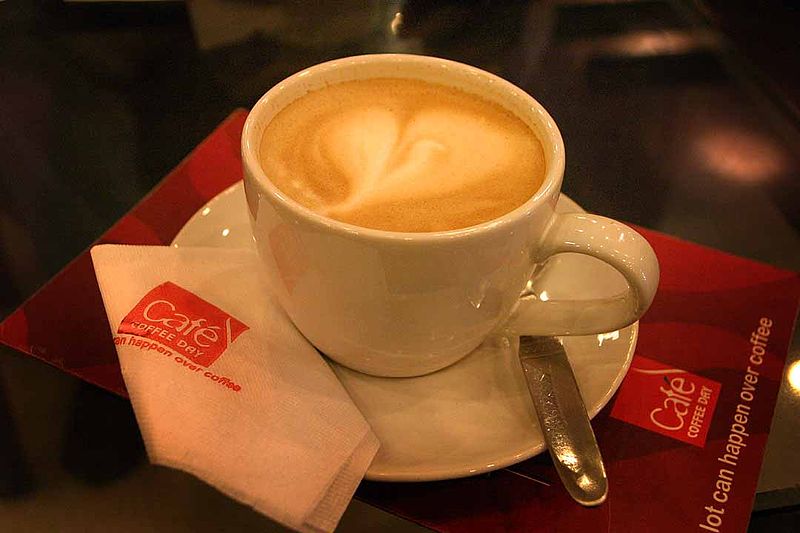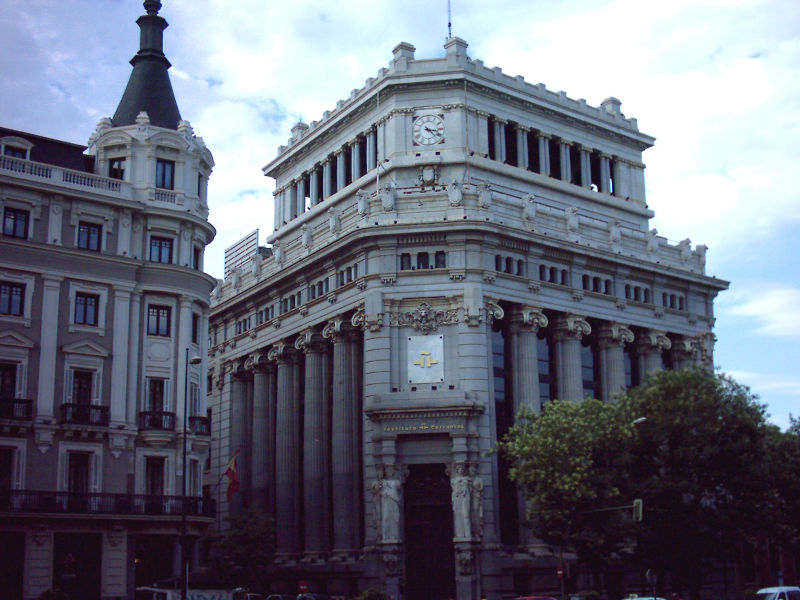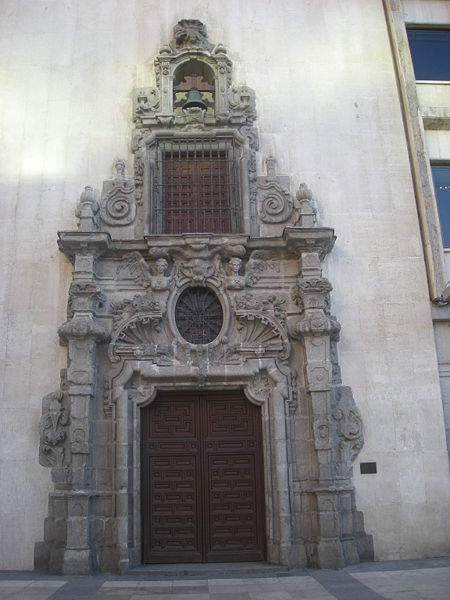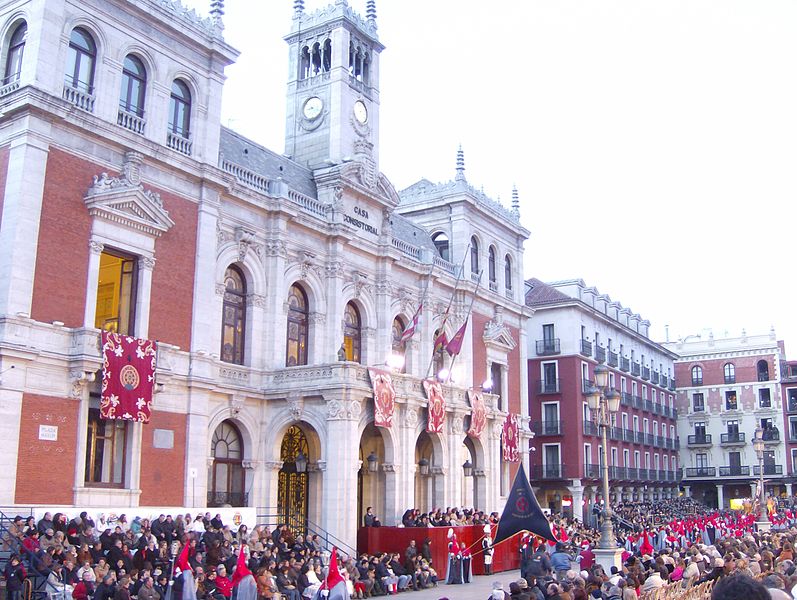Spanish orthography consisting of 27 letters, one more the Latin alphabet, including the modified variant “ñ”. It is a fundamental knowledge to students study Spanish courses in Spain. The letter ñ came from the Iberian Peninsula with a presence from the anonymous work written in “La Gran Batalla” in 1295. During the XIV century eñe spread in its use and Antonio de Nebrija’s grammar included in 1492.
Measures on hand luggage
December 11th, 2015The International Air Transport Association (IATA) proposes the following measures:55 cm height, 35 width and 20 depth, but if you’re traveling you should check, the airlines decide each bag measures.
The measures on hand luggage are:
AerLingus: 55x40x20 weight:10 kg.
Air Europa: 55x35x25 weight:10 kg.
Air Berlin: 55x40x20 weight:6 kg.
Air France: 55x35x25 and maximum weight of12 kg.
American Airlines: 56x35x23 weight:18 kg.
British Airways: 56x45x25 weight:23 kg.
Easy Jet: 56x45x25.
Iberia: 56x45x25 weight:10 kg.
Germanwings: 55x40x20 weight:8 kg.
KLM: 55x35x25 weight:12 kg.
Lufthansa: 55x40x23 weight:8 kg.
Ryanair: 55x40x20 weight10 kg.
Tap Air Portugal: 55x40x20 weight:8 kg.
United Airlines: 56x45x25.
Virgin Atlantic: 56x36x23 weight:6 kg.
Vueling: 55x40x20 weight:10 kg.
The rules on liquids of flights from countries of the European Union, Norway, Iceland and Switzerland are limited in capacity of the bottles or flasks of 100 ml, to be transported in a transparent plastic bag of1 literwhich should be around20 cmx20 cm, with a opening and closing system.
Finally a recommendation: if you fly to theUnited Statesyou must carry the electronic devices with the battery loaded, because if not, they can do a requisition.
Image: Magatzems by Enfo https://goo.gl/mHCEZ8
TAXI (2/2) - Advice for students of Spanish courses in Spain.
June 20th, 2015Payments: If you want to pay with banknotes value as 50 €, 100 € and up, you should know the rules that determine a limit in which the driver is responsible to change, usually just to 20 euros. If a passenger wants to pay a ticket from this minimum value, like 20 euros or less and the driver don’t have change, the taxi driver must leave the vehicle and stopping the taximeter to get the change . If the ticket is more than 20 €, for example € 50 and up, and the driver does not have change, You should go find change but in this case the taximeter will not stop and the expense of this time is to the passenger. There are many taxi drivers can charge through credit card, but if You only have this way to pay, You must consult to the driver.
►… continue reading about TAXI (2/2) - Advice for students of Spanish courses in Spain.
TAXI (1/2) - Advice for students of Spanish courses in Spain.
April 24th, 2015Calling a Taxi: When you ask for a taxi service from any of the taxi stops in the city You must take into consideration the order of the list of vehicles waiting. In a 50-meter radius from a stop You can not call a taxi in traffic because it is not permitted for priority of the vehicle waiting in the stop. The telephone and radio taxi allow you to call a car to the waiting area running the taximeter. The taxi drivers can have a maximum amount, it´s depends of every city. If you have different phones about taxi associations to call we recommend generally phone of those with the highest number of partners, to provide a better service.
►… continue reading about TAXI (1/2) - Advice for students of Spanish courses in Spain.
Interview with Mari Carmen Timor, president of the Federation of Spanish language schools.
February 11th, 2015Mari Carmen Timor is president since May 2014 of the Federation of Spanish Schools: FEDELE. This institution has 90 federated schools, all accredited by Instituto Cervantes, since it is a necessary condition. FEDELE is composed of six associations from: Andalusia, Baleares, Castilla y León, Valencia, Barcelona and Madrid. It also incorporates the AELE association, including schools from other regions. The federation promotes the quality in teaching Spanish in Spain.
The president, since October 2014 is part of the Board of Instituto Cervantes, taking another step to stand out the relevance of this organization, which brings together the best schools in Spain. Spanish in Tour has conducted an interview with Mari Carmen Timor, included in this LINK (only in Spanish).
Spanish Meeting Point, a project to promote the Spanish language in the world
November 26th, 2014Spanish Meeting Point aims to create an international network to connect cities in the world through groups of people interested in the Spanish language, dynamizing online communication groups and face meetings in a certain location of each city. These heterogeneous groups, with Spanish students, teachers, native speakers, residents and tourists, will be moderated by a professor of Spanish, and will include the coordination of cultural, tourist and economic activities related to the Spanish language. The meeting point will be the reference point for each community, including tourists and visitors to the city who have some connection to the language.
The project will add value to the ideas and experiences through the Laboratory, a communication tool for the coordinators group of the cities participating in the project.
An interview with Alexandra Millán, author of “Continuidad”
October 23rd, 2014Spanish in Tour interview Galician author, who talks about his novel “Continuidad” fantasy story in which the protagonist, Tian, knows and discover different beings and cultures.
Alexandra Millan has lived in several continents, with stays in China, Mexico and England. Now she works as a Spanish teacher and examiner DELE exam in Italy, in the Marche region, where also works as project coordinator of Spanish Meeting Point.
►… continue reading about An interview with Alexandra Millán, author of
Spain viewed from “Happy”, by Pharrell Williams
May 22nd, 2014‘Happy’, by Pharrell Williams, song from the soundtrack of the movie “Despicable Me”, (“Mi villano favorito” in Spain and Latin-america). It was released as a single on November 21, 2013 and has been in lists of UK, Ireland, Canada, France, Germany, Australia, Denmark, New Zealand, Switzerland, Belgium, Netherlands and Spain. In March 2014 is launched GIRL, studio album with this song, recorded by Columbia Records. Pharrell Williams was born in Virginia in 1973. He has written and produced many songs for artists such as Michael Jackson, Madonna, Shakira, Britney Spears, Justin Timberlake, Lindsay Lohan, Gloria Estefan … He plays drums, piano and guitar.
►… continue reading about Spain viewed from Happy, by Pharrell Williams
Going tapas in Madrid… after your Spanish course
February 23rd, 2014Any district or place in Madrid is good for going tapas. It is a city with many bars, pubs, inns, taverns… the city has the original foods caused by the logistics of the country, concentrating all products from Spain in its large market. The people said to be the best fishing port of Spain to taste fresh seafood and fish of superb quality, and the same about other products: meats, fruits, vegetables…
►… continue reading about Going tapas in Madrid after your Spanish course
New Year’s Eve in Spain: The twelve grapes and cotillion.
December 31st, 2013Spain celebrates the New Year’s Eve with a tradition to take twelve grapes synchronously at the stroke to wish us luck in the new year. The reference point in Spain is Madrid, on the Puerta del Sol, where TV channels broadcast the event live for the whole country.
In Spanish cities usually there is a main square of the town hall where the people meet to take the grapes at this moment. There are some cities and towns rich in tradition and great atmosphere.
►… continue reading about New Year’s Eve in Spain: The twelve grapes and cotillion.
In the café… All types of coffee in Spain (2/2)
November 23rd, 2013This is a continuation of the types of coffee mentioned in the previous post. In this second part we list all decaffeinated coffees, with brandy and other combined, to clarify students of Spanish courses in Spain the typical varieties of our country.
►… continue reading about In the café, All types of coffee in Spain (2/2)
In the café… All types of coffee to take in Spain (1/2)
October 25th, 2013Students of Spanish courses in Spain should know as like many other countries, the coffeehouse and the stimulating drink is called with the same name: “café”. The most common varieties of coffee at the bar can change his name according to the regions of Spain, but the basic names are the same. Below You have a guide with the most popular varieties of coffees in Spain.
►… continue reading about In the café… All types of coffee to take in Spain
The nobels of Spanish.
September 27th, 2013The first Nobel prize was awarded in 1901, a year after the creation of the Nobel Foundation and five years after the death of Alfred Nobel, a Swedish industrialist and inventor of dynamite. In that first year prizes were awarded in the field of Literature, Physics, Chemistry, Medicine and Peace. Since 1969 prizes are also given in the discipline of Economics.
The Nobel Prize for Literature is decided by theSwedishAcademyand has been awarded every year since 1901, except in 1914 and 1918, because of the First World War, in 1935, this field remained empty and neither between the years from 1940 till 1943 because of the Second World War.
Origin and history of Spanish (4/4): From Castilian to Spanish.
August 16th, 2013The word Castilian for the language was used for a long time as reference to Castille, the place were it originated. In 1925 the Royal Spanish Academy (RAE) officially adopted the term “Spanish” to refer to the language. It was after the 15th publication of the dictionary that it started being called the dictionary of the Spanish language. In the 14 previous editions it was called Castilian language.
That moment coincides with determined circumstances when a great literary production was generated in America. An important example is the Nicaraguan Rubén Darío, but there is a great representation of literary movements at the end of the XIXth century and at the beginning of the XXth century, with great influences from Latin American writers. In 1925 the RAE decides to adopt the term Spanish to refer to the whole of the language as practised in all the Spanish speaking countries.
►… continue reading about Origin and history of Spanish: From Castilian to Spanish.
Origin and history of Spanish (3/4): The Royal Spanish Academy (RAE, Real Academia Española)
July 4th, 2013The major literary prosperity of Castilian took place in a period comprised between the XVIth and the XVIIth centuries with very important writers, specially Garcilaso de la Vega, in the XVIth century. In that century Castilian was declared official language. Immediately after that came Miguel de Cervantes, author of “Don Quijote de la Mancha”, the most edited and translated work in universal literature, except the bible.
►… continue reading about Origin and history of Spanish: The Royal Spanish Academy
Origin and history of Spanish (2/4): Antonio de Nebrija.
June 4th, 2013Fernando III, the Saint, during the first half of the XIIth century as well as his son Alfonso X the Wise during the other half, widened the limits of the Castilla y Leon territory in their offensive against Muslims until the frontiers of the Reign of Granada. It was an important period for the building and consolidation process of Castilian. Fernando III promoted the translation of Fuero Juzgo, legal body of around 500 laws proceeding from an old translation from Latin named Liber luciciorum, from the Visigothic period.
►… continue reading about Origin and history of Spanish: Antonio de Nebrija.
Origin and history of Spanish language (1/4): First manuscripts.
May 24th, 2013Nowadays there are more than 495 million people who have Spanish as their mother tongue. The origin of this language is vulgar Latin, which propagated in Spainat the end of the IIIrd century after Christ.
The first revelations of the Spanish language were initially linked to some manuscripts from the Xth century, around year 974, when a monk wrote small annotations in several languages: Latin, medieval Basque, Hispanic Romance and a variety from Rioja of Spanish or of Navarro-Aragonese. We call these writings the Glosas Emilianenses because they were composed in the Monastery of San Millán de la Cogolla, which is located at about40 km from Logroño. At first these documents were thought to be the beginning of Castilian, but later studies classified the documents as mostly written in Navarro-Aragonese, not in Castilian.
►… continue reading about Origin and history of Spanish language: First manuscripts.
I am going to Spain to study a Spanish course. What do I need to take with me?
May 6th, 2013Spain offers many opportunities for leisure and days out, we therefore recommend you take a small luggage with you not to be restricted in your movements later on, after your Spanish lessons. It is best not to take too many clothes even if you need to use the laundry service later on. Do not forget that you could be invited to more than one party and thus need some decent outfit. Other elements are:
Ranking of countries by number of speakers and Spanish natives
April 14th, 2013Spanish is on the rise with almost 500 million native speakers from countries where Spanish is the mother tongue and from other countries where it is spoken for other reasons by an important part of the population. Spanish speakers are much more than natives given the important presence of bilingualism in many countries, mainly Spanish speaking or not.
►… continue reading about Ranking of countries by number of speakers and Spanish natives
Holy Week in Spain, tourist interest for the Spanish course students.
March 21st, 2013The international students who arrive in Spain to study a Spanish course have to know that there is a declaration: «Fiesta of International Tourist Interest», distinction granted by the Ministry of Industry, Energy and Tourism to the fiestas or events that suppose some type of expression of cultural values and of popular tradition. The requirements demanded for the award include the age of the celebration, its originality, continuity in time, its popular support and citizen’s participation, in an extensive procedure.
►… continue reading about Holy Week in Spain, tourist interest for the Spanish course students.









